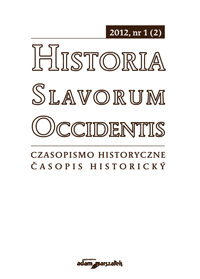
We kindly inform you that, as long as the subject affiliation of our 300.000+ articles is in progress, you might get unsufficient or no results on your third level or second level search. In this case, please broaden your search criteria.

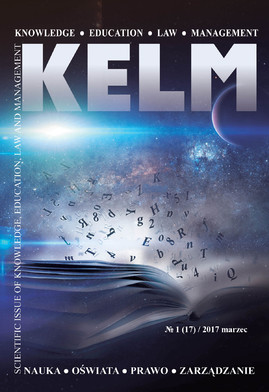
The inter-artistic correlations of Peter Karmansky's poetry with painting, sculpture and architecture are studied, an attempt is made to classify them. Intermediality is examined as the synchronic projection of the writer's intertextual poetics. The author uses the classification of literary and musical borrowings, developed by Stephen P. Scher, and adapts it to artistic interactions of literature with visual arts. The most productive are verbal forms of engagement of painting, sculptures, and architecture, which, in the end, are reduced to an artistic phenomenon, defined by the term ekphrasis. The verbal type is mainly realized through hypotyposis, when one can observe the vividity of the writer’s style, his use of colors and landscape imaging. The projection of visual genres of arts onto the literary ones is limited to literary-painting correlations. The author have found traces of synthetic variants and conditional forms of inter-artistic interaction.
More...
Specifies the function of the modern Ukrainian university and its correspondence to the functions of the European universities. The comparison occurs in a context of the importance of the formation of the European labour market and the competitiveness of domestic higher educational institutions relative to the challenges of the modern society.
More...
In this article are injected discovered archival materials 1988–1990, from the Ukrainian State Scientific Research and Project Institute "UkrNRIprojectrestoration", are injected to a scientific use. Those materials are related to the history of restoration of the Holy Transfiguration Church, which is located in village Neshcheriv, the Kyiv region.
More...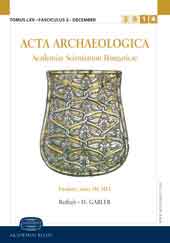
This paper deals with the description and drawing prepared in 1857 on the minaret of Érd. The k. k. Central-Commission zur Erforschung und Erhaltung der Baudenkmale was established on the territory of the Habsburg Monarchy in 1850. The conservers, the correspondents and the engineers of the k. k. Baubehörde surveyed and pictured several architectural and archaeological monuments and reported on them to Vienna. In this study a drawing and descriptions of the minaret standing at the border of Érd are published. The survey was made for the order of Florian Menapace, Landesbaudirektor, who sent the drawing and the attached remarks to Vienna. Only the drawing can be found nowadays in the Archiv of the Central-Commission, today the Planarchiv of the Bundesdenkmalamt. The drawing was made by Wenzl Kansky. Fortunately, the description prepared by the engineer Alajos Zalay and the Menapace report based on it remained in Hungarian State Archiv in Budapest. They are important sources on the minaret built in the 17th century and the autor gives an evaluation on it in the study.
More...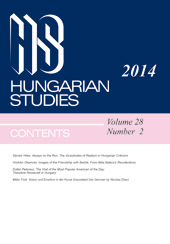
After briefly summarizing the historical circumstances of its construction, Szilveszter Terdik compiles a kind of inventory of the religious decoration of the cathedral. He demonstrates the effort to maintain loyalty to the main principal of the byzantine art, while describing certain inflexions that show the intention to get closer to Rome. Moreover, these two tendencies were sustained by two different artists.
More...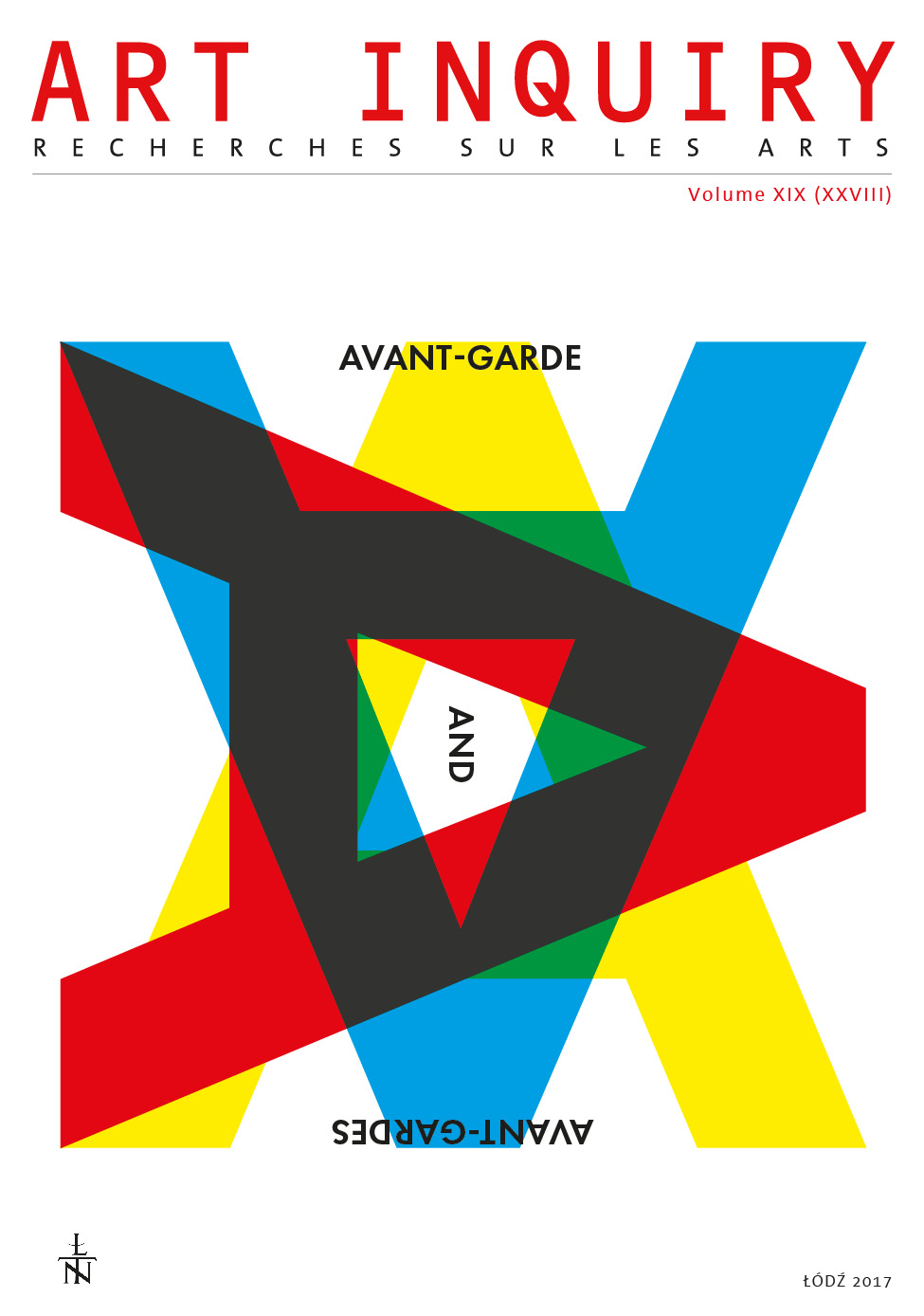












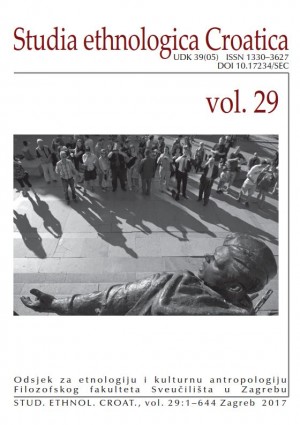
Britain is the one major European country never to have had a numerically significant Communist movement, with Marxism generally limited either to far-left enclaves in Wales and Scotland, Labour Party entryism or, most commonly, academia. However, the Labour movement at its more radical edges has produced numerous monuments, memorials and spaces, littered around urban and even rural Britain. Typically, they are monuments to defeat, given the lack of any hegemonic socialism in Britain. They are also unusually figurative for 20th century public sculpture, suggesting a perhaps unexpected traditionalism, not usually considered to be the case for the ‘west’, in the Cold War polarities often used to analyse monumental artworks. This paper will discuss these narratives of heroic failure as expressed in mosaics, murals, sculptures and plaques in South Wales, the north of England and London as attempts to answer the question of what socialist memorials are like in a country without even historical socialism.
More...